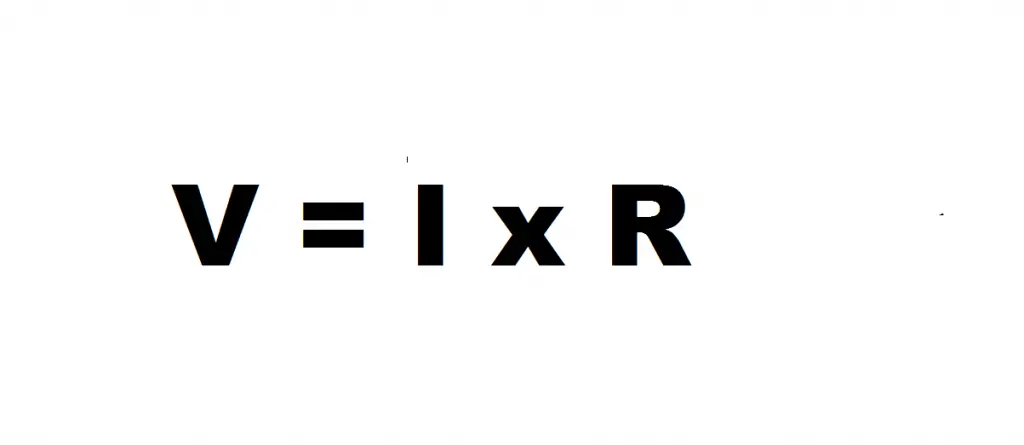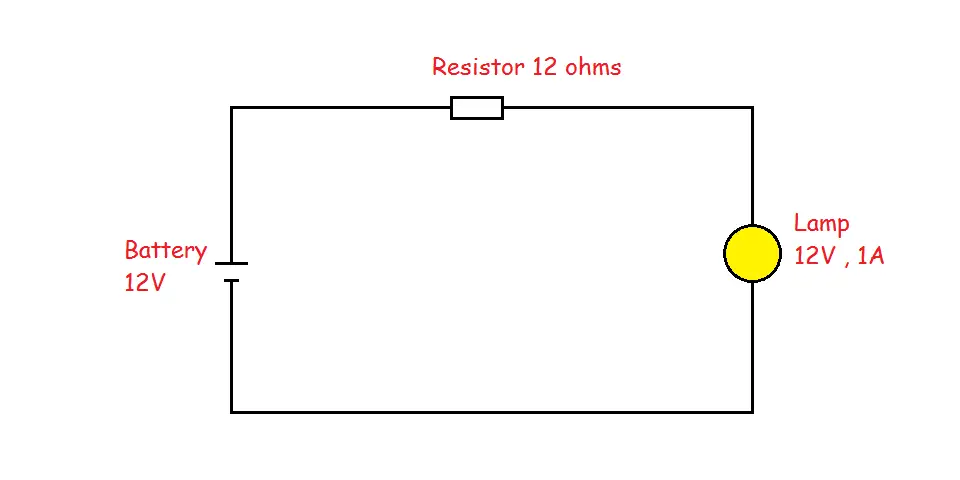Resistors are crucial components used in electrical and electronic circuits for many different reasons, but the most common being to limit the flow of current. How much current it limits is determined by its resistance. The higher the resistance the less current can flow, and the lower the resistance, the more current can flow. Having the right value resistor means that you know it will limit the current in your circuit to the desired value. However, sometimes you might not have the exact value of the resistor needed on hand. So, can you use a higher or lower ohm resistor? This article is going to take a closer look at both scenarios to see if you can do so.
Effects of using a higher or lower ohm resistor
Knowing whether you can use a lower or higher ohm resistor comes down to the design and needs of the circuit it will be used in. As we saw above, the main use of resistors is to limit the flow of current. Current is the lifeblood of electrical and electronic circuits. Without it nothing would be able to function right.
Components all have voltage and current ratings which indicates the sufficient amount of current and voltage needed to operate it effectively. Supplying a current or voltage considerably less than this means the component will not operate as intended (or not operate at all).
Also, all components have maximum voltage, and maximum current ratings. These ratings let us know what are the maximum levels that they can operate at. Going past these levels could lead to permanent damage. So, resistors are used to help limit the current to levels that sit below these maximum current ratings.
Note, when designing a circuit, all components will be chosen with the same voltage and current ratings.
So, knowing the current limits of your circuit (which includes all the components) where you will be replacing a resistor with one with a lower value one is essential. But, how does lowering or increasing the ohm value of a resistor affect the overall workings of a circuit? This comes down to Ohm’s Law.
Ohm’s law states; “that the current through a conductor (between two fixed points), is directly proportional to the voltage across those two points.” This law is summarised by a formula seen below.

When we rearrange the formula to make Current (I) the subject, we see that current is voltage divided by resistance. This shows us that current and resistance share an inversely proportional relationship. What this means is that increasing the resistance will decrease the current, and that decreasing the resistance will increase the current. So, by increasing or lowering the ohm value of a resistor you will be directly affecting the current level.
Note, ohm is the SI Unit of electrical resistance. So, when ohm is mentioned, we mean the resistance of the resistor.
When can you use a lower ohm resistor?
You can use a lower ohm resistor only when the value of the resistor you will be using does not drastically increase the current levels in the circuit. As we saw, decreasing the resistance will increase the current (according to Ohm’s Law). If the lower ohm resistor increases the current past maximum current ratings of components used in your circuit, you could potentially damage them permanently. So, you will need to select a resistor with a lower ohm value that does not increase the current past these levels.
An example will help you better understand.
Say we have a simple circuit of a battery source, resistor, and lamp (as seen below). In this scenario the lamp is rated for a voltage of 12V and current of 1A (these are just arbitrary values). Using these values and the ohm’s law formula we can calculate the resistance of 12 ohms (12/1).

Also, let’s say this lamp has maximum ratings of 12.5V and 1.5A. So, operating at or going above these values risk the permanent damage of the lamp. Let’s see what happens when we lower the resistors ohm value by 10% vs 50%. Which will have a greater effect on the overall current.
When we lower the resistor’s resistance by 10% we end up with a value of 10.8 ohms. Then using this value we can calculate the resulting current which ends up being 1.1 A (12 / 10.8).
Now, if we lower the resistance value by 50% we get a value of 6 ohms. Using this value we get a new current value of 2A (12 / 6).
As you can see, if we lower the resistor ohm value by 10% we are still below the maximum current rating levels which means no damage will be done to the lamp. However, when we decrease the resistance by 50% the current jumps up to 2A, well outside the maximum current ratings of the lamp.
So, in this scenario, lowering the resistance by 10% has no real effect on the overall workings of the circuit, whereas lowering it by 50% can be detrimental.
When can you use a higher ohm resistor?
You can use a higher ohm resistor as long as the new resistor does not drastically lower the current in the circuit. According to Ohm’s law, increasing the resistance will decrease the current. If the levels of current drop below the current ratings of components, they will not operate as intended.
Let’s take a look at the same example from above. However, this time instead of lowering the ohm value, we shall increase it. Again, let’s increase it by 10% vs 50%.
An increase by 10% gives us a resistance of 13.2 ohms which ends up with a current of 0.9 amps.
But, an increase of 50% gives us a resistance of 18 ohms, which ends up with a current of 0.6 amps.
While both are below the levels of current necessary to power the lamp, the 50% increase in resistance shows a far steeper decrease in current compared to the 10% increase. So, increasing the resistance by 10% shouldn’t see much of a drop in the overall performance.
Rule of thumb for selecting a higher or lower ohm resistor
As we saw above, drastically lowering or increasing the resistance (say by 50%) can have more impact on the current in a circuit. An impact that could damage components, or not sufficiently power it. As a rule of thumb, a better option would be to increase or lower the resistance by 5% – 10%. This way you are not going to have any drastic changes in your circuit.
When we covered the example above, we were just going through theoretical resistance values. However, resistors do not come in all available values. They come in a set of standard resistor values which are known as the E-Series. The E-12 series is the most commonly used, which uses 12 standard resistor values for each decade. The 12 resistor values are; 1.0, 1.2, 1.5, 1.8, 2.2, 2.7, 3.3, 3.9, 4.7, 5.6, 6.8, and 8.2.
So when replacing a resistor to use a lower or higher ohm one, you will have to use one of these values. Sometimes you might not get the exact value you want, but as long as it’s near to your calculated value you should be fine (make sure to calculate the resultant current values with the new value of the resistor chosen).
For example, if you want to replace a 150 a resistor with a lower one, and we go by our rule of thumb (let’s say 10%), we get a calculated value of 135 ohms. However, there isn’t a 135 ohm value resistor available. So the next best option would be a 120 ohm resistor.





